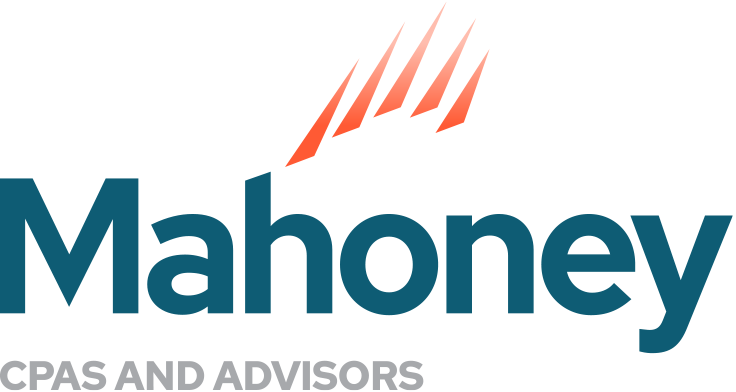
Nonprofit Budgeting Considerations
One of the best ways a nonprofit organization can measure how well it is doing financially is by preparing a budget for a period and then comparing the actual results to that budget. However, to make budgeting a meaningful tool for a nonprofit organization, the budget that is prepared must be effective. While there are several different factors that could play into the budget based on each individual nonprofit, including different types of budget approaches and styles, the AICPA provides several basic budgeting steps that all nonprofits can use when working to prepare an effective budget.
Planning
It may seem obvious, but the first step in creating an effective budget is planning. This means bringing in a team of staff members from various levels of the organization to assist in the budgeting process. For example, program managers will know the status of their specific programs and grants, administrative staff will have ideas on general supplies and other office expenses and the Executive Director should have a high-level overview of the goal and direction of the organization. Getting input from all different parties of the organization is a great way to get the budgeting process started.
Creation
After obtaining all the necessary information in the planning stage, the next step is to create a first draft of the budget. When creating the budget, it is important to keep the budget realistic. In most cases, organizations are unable to achieve every goal they set, obtain every contribution or grant they apply for, etc. So, keeping the budget realistic, based on the organization and the environment around it, is important to remember. Since not everything can be incorporated into the budget, it is also important to alert staff if their ideas will not be used as part of the budget prior to them finding out when they see the final budget. Staff may not want to participate in the budgeting process in the future if they just think their ideas are ignored.
Approval
A simple step, but an important one nonetheless, is to get the budget approved by the Board of Directors, as they have responsibility for governance and oversight of the organization.
Implementation
After the budget has been approved by the Board, the budget can be implemented. This means sharing the final budget with the whole organization and updating the accounting software to agree to the budget that was approved. If staff are not aware of the budget, the budget cannot be used reliably to measure the financial status of the organization.
Monitoring & Forecasting
The last step is to monitor the budget with actual results during the period. This should be done monthly or quarterly to get the best results. It is also important to establish a process for when there is a budget variance, so there are not any surprises at the end of the period when comparing results. This information should be shared with all relevant parties, so the entire organization is up to date on the organization’s finances.
The information above can help a nonprofit organization create a relevant budget that can be used by management to monitor the financial health of the organization, make decisions and ultimately help the organization become more effective in achieving its goals.
For additional considerations, please reach out to Josh Russell, Associate Director, or contact the Not-for-Profit Team at Mahoney to be of help to you in any way.
Looking for more accounting tips and best practices for your nonprofit? Here is a blog on why joining the Nonprofit Financial Group might be a smart move for you and your organization.
ADDRESS
10 River Park Plaza, Suite 800
Saint Paul, MN 55107
(651) 227.6695
Fax: (651) 227.9796
info@mahoneycpa.com
© 2024 Mahoney | Privacy Policy
Mahoney Ulbrich Christiansen & Russ, PA



